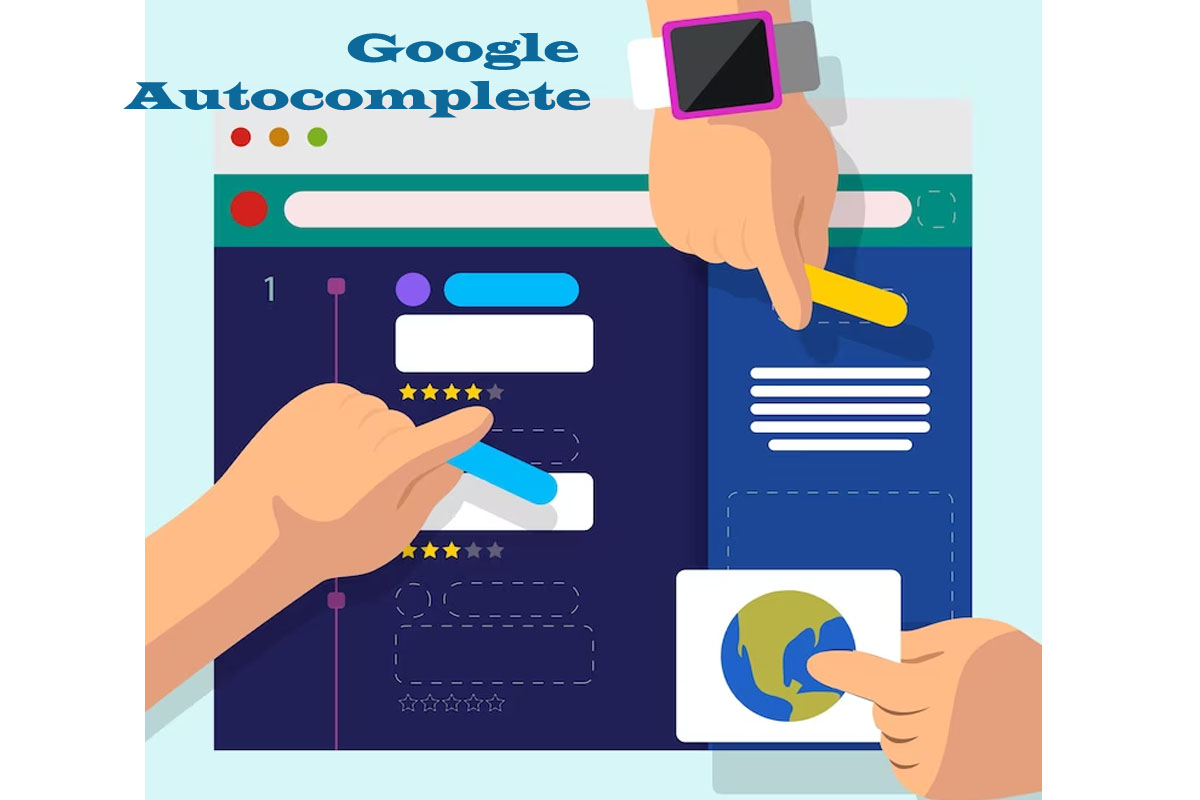Google Autocomplete
Google Autocomplete is also called Google Suggest. Google autocomplete is a powerful search feature but contentious. Let us clearly what Google Autocomplete is. Searching for a word or sentence in Google search results gives you a list of search suggestions. Content marketers, SEO professionals, social media managers, and search marketers can benefit from Google autocomplete to help with a different keyword focus.
Google autocomplete can also be used as a powerful marketing tool. SEO professionals and digital marketers have been operating for years to inform strategy, get keywords and find important customer questions. They use Google Autocomplete for better optimization of clients’ digital properties and content.
The initial purpose of autocomplete is to cut the timing of a user that spends on typing. Usually, typing on a mobile can be hard, so when you use large phrases and start typing a single word or two, the Google search results show you the suggestions.
How Does Google Autocomplete Work?
The first step user needs to start typing in the search bar. Google search engine will begin analyzing the text character by character.
As the user continues typing, Google’s algorithms generate real-time predictions based on the text entered. These predictions appear in a dropdown list below the search box.
Google’s prediction algorithm relies on a variety of factors to generate suggestions. These factors include the popularity of search terms, the user’s location, past search history, and language preferences. The algorithm also considers the freshness and relevance of content on the web.
The Autocomplete algorithm ranks the generated predictions based on their relevance and popularity. The goal is to offer the most helpful and commonly searched phrases related to the user’s input. Google also applies filters to prevent the display of inappropriate or offensive suggestions.
The top suggestions are displayed in the dropdown list in real-time, adjusting as the user continues typing. Users can click on one of the suggestions or continue typing their query.
Google collects user feedback and engagement data to improve the Autocomplete feature continuously. This includes analyzing which suggestions users select, ignore, or modify. User feedback helps refine the algorithm and provide more accurate and relevant recommendations.
It’s worth noting that the specific details of Google’s Autocomplete algorithm are proprietary and not publicly disclosed. The abovementioned process is based on general knowledge and observations of the feature’s operation.
Benefits of Google Autocomplete
Autocomplete provides instant suggestions, saving users time by decreasing the need to type long search queries. Users can quickly find what they want without completely typing the search term.
Autocomplete helps users avoid spelling mistakes by suggesting correct spellings as they type. It can correct typos and offer alternate suggestions, ensuring users receive relevant search results.
Autocomplete can introduce users to new topics and ideas they may not have considered. Providing related search suggestions encourage exploration and expand users’ knowledge.
Google Autocomplete considers users’ search history and preferences, tailoring suggestions to their interests and previous search behavior. This personalized feature can help users find information that aligns with their needs and preferences.
Autocomplete reflects current trends and popular searches, offering insights into what others are searching for. This can be valuable for marketers, content creators, and researchers who want to stay updated on the latest trends and align their strategies accordingly.
Autocomplete is particularly advantageous on mobile devices, where typing can be more challenging due to touchscreens. It allows users to find information on the go without extensive typing quickly.
Conclusion
It’s crucial to understand that while Google Autocomplete offers several advantages, it’s essential to critically evaluate search results and consider the reliability and accuracy of the information retrieved.

